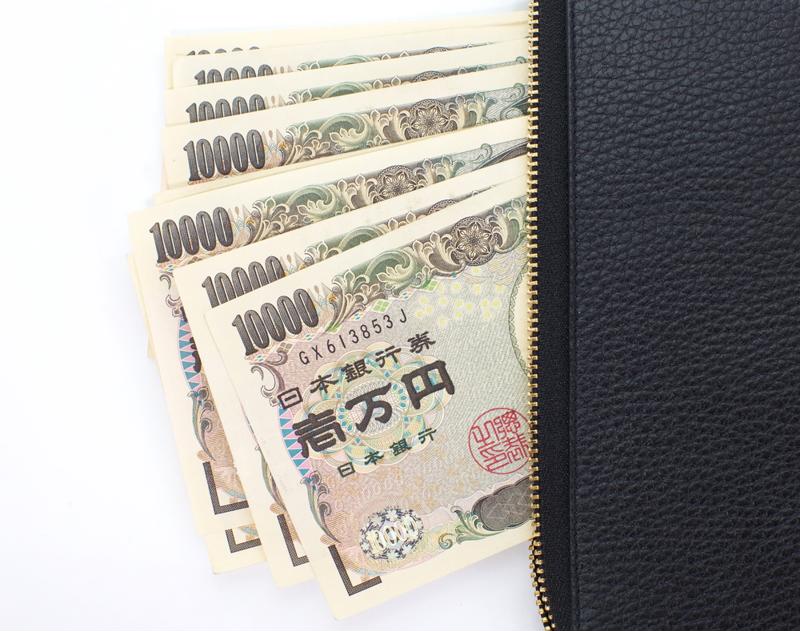Brazil, Russia, India, China and South Africa (BRICS) have hit various roadblocks recently, years after being identified as significant components of the future of the global economy, a fact reflected in recent container volumes.
Recent headlines such as "BRICS is sinking like one" and "BRICS Could Get Blown to Bits, Charts Show" punctuate a rough recent stretch for the collection of emerging economies. Newsmax, the publication responsible for the former headline, explained that Brazil has tumbled deep into a recession, Russia's economy is contracting, China isn't growing at the pace it was not too long ago and South Africa is dealing with a falling GDP and rising unemployment. India seems to be the only member of the grouping with any sort of momentum, something Newsmax attributed to its democratic leanings, as opposed to the far more centralized governments of the other BRICS countries.
"Some BRICS countries have struggled recently."
The BRICS countries recent struggles can be discussed in terms of container volumes. Results for the first half of the year released by one of Russia's largest privately-owned transportation and logistics companies illustrate the point. FESCO Transportation Group released its results for the first six months of 2015 through June 30, and they weren't great.
FESCO's struggles mirror Russia's
Year-over-year FESCO's first half intermodal container volumes dropped by 9 percent to 107,000 twenty-foot-equivalent units (TEUs). Several more of the firm's divisions also took hits through the first half of 2015. Notably, maritime container volumes tumbled 17 percent to 168,000 TEUs. Cabotage fell 4 percent to 27,000 TEUs and rail traffic dropped 2.3 percent to 144,000 TEUs. FESCO also operates the largest of Russia's Far East ports, the Port of Vladivostok experienced a traffic drop 28 percent to 175,000 TEUs.
FESCO's troubles are an image of Russia's struggles as a whole, as well as those of several other members of the BRICS collective. The Journal of Commerce (JOC) reported that both Russian imports and exports fell through the first half of 2015 for a number of reasons, such as sanctions placed on Moscow by the West, a currency devaluation and falling oil prices. Through the six months ending June 30, Russian containerized exports dropped 4 percent to 356,462 TEUs while imports crashed 28 percent to 608,062 TEUs. Similar to Russia, several other BRICS members have experienced instability through the first half of 2015 concerning container volumes moving both in and out of the countries.
 Both the Chinese Yen and Brazilian Real have lost value recently, affecting their imports and exports.
Both the Chinese Yen and Brazilian Real have lost value recently, affecting their imports and exports.Currency devaluation in Brazil and China affect imports and exports
Brazil's containerized imports and exports, meanwhile, have acted accordingly to the devaluation of the Brazilian Real, the JOC explained. Products originating in Brazil grew more affordable in the global market as a result of the loss of value, which caused exports from the South American country to rise 9 percent year-over-year through the first 6 months of 2015 to 1.1 million TEUs. However, foreign products grew more expensive in Brazil, which caused imports to drop 4 percent to 1.2 million TEUs during the same period.
China, meanwhile, has experienced its own containerized import and export issues, a situation partially attributable to its recently volatile stock market. Chinese exports, for example, grew, but by such a meager amount as to still classify as disappointing. Through the first six months of the year, exports ticked up 1 percent to 20 million TEUs. And this was after Beijing devalued its currency in an effort to make its goods more appealing to foreign markets. Chinese imports declined 3 percent through June 30.
"As other members of BRICS struggle, India shines."
India continues to shine amidst BRICS struggles
As other members of BRICS struggle, India shines. The country experienced growth in both imports and exports through the first half of 2015. India's first-half containerized exports increased 3 percent year-over-year to to 1.7 million TEUs. Imports jumped 8 percent, also to 1.7 million TEUs.
Newsmax noted that the West is not likely to invest much in keeping the BRICS countries afloat through these tumultuous times. Recovering from the struggles that have plagued most of these emerging economies is a job that they will likely have to handle among themselves. While efforts such as China's currency devaluation are a start, it remains to be seen if the BRICS members can lift themselves fully out of this quagmire.